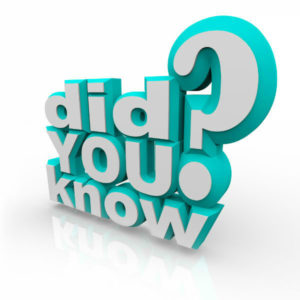Fireplaces seem like a simple enough concept: You build a fire in the fireplace, and the smoke travels up and out of the chimney tube. Well, essentially, that’s how a fireplace works – right? On the contrary, that common vision of a fireplace system is dramatically oversimplified! Your fireplace and chimney comprise several components that keep the smoke flowing efficiently out of your fireplace. This protects your home from the heat, smoke, and flames it produces when it is lit.
 The exact construction of the fireplace and chimney can vary from home to home. Masonry chimneys tend to be more complex than their prefabricated counterparts. Here’s a breakdown of traditional fireplace anatomy.
The exact construction of the fireplace and chimney can vary from home to home. Masonry chimneys tend to be more complex than their prefabricated counterparts. Here’s a breakdown of traditional fireplace anatomy.
Firebox
The firebox is the portion of your chimney in which you build your fires. It insulates the fireplace to protect your home’s structure from the extreme heat and flames within your fireplace. In a masonry fireplace, the firebox is constructed of special firebricks on top of a heavy masonry foundation. In a prefabricated fireplace system, the firebox is built of refractory panels.
Damper
Your fireplace damper seals your fireplace off from the outside when the fireplace isn’t in use. This blocks drafts and keeps warm air within your home. Using a lever or chain within the firebox, the damper is opened before you light a fire, and closed after the fire’s last embers have burned away. The damper is located at the bottom of the chimney’s throat.
Lintel, Smoke Shelf, and Smoke Chamber
In a masonry fireplace, the area above the firebox that funnels smoke upward into the chimney is more complex than a prefabricated chimney. The front top of the firebox is referred to as the lintel. From the lintel, the top of the firebox angles in and back toward the flat bottom of the chimney, called the smoke shelf. The very bottom of the chimney, just above the smoke shelf, is the smoke chamber. The smoke chamber funnels in from the size of the firebox opening to the size of the chimney flue.
Chimney Flue
The chimney flue is the largest portion of the chimney. It carries smoke from the fireplace, over your rooftop and out of your home. To insulate the chimney and protect your home from heat, smoke and fire, chimneys are lined either with clay flue tiles, refractory cement or a stainless steel tube.
Chimney Crown or Chase Cover
Where the chimney meets the outside, it is surrounded either by a chimney crown, for masonry chimneys, or a chimney chase cover, for prefabricated chimneys. The crown or chase cover protects the inner layers of the chimney from water intrusion and helps to guide water away from the chimney flue.
Chimney Cap
All chimneys should be topped with a chimney cap. The chimney cap keeps water, downdrafts, animals and debris from finding their way into the chimney and causing damage!
Properly caring for and maintaining your fireplace and chimney begins with one thing; understanding its anatomy and construction. If you have questions about your chimney and fireplace system, or if your chimney or fireplace needs maintenance or repair, call the fireplace and chimney experts at Environmental Chimney Service to schedule an appointment today!
